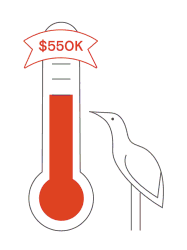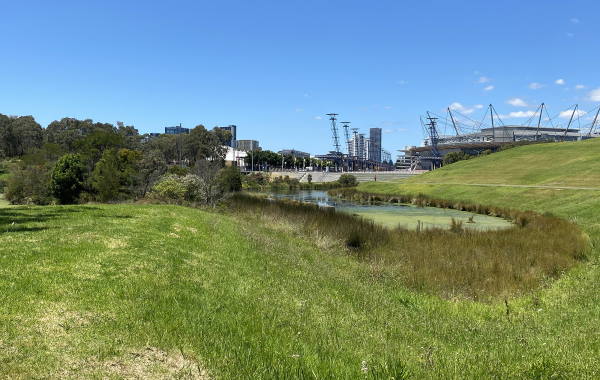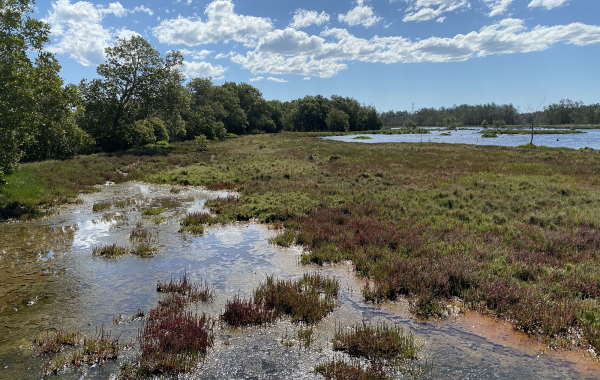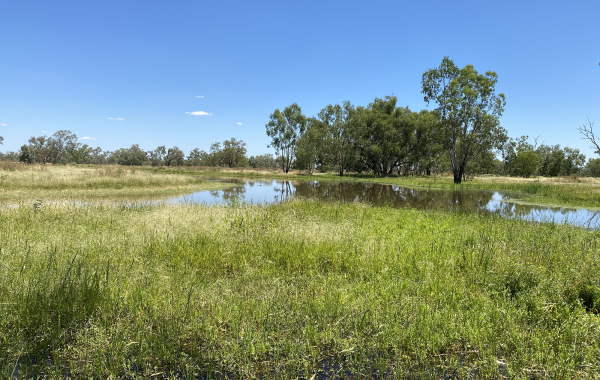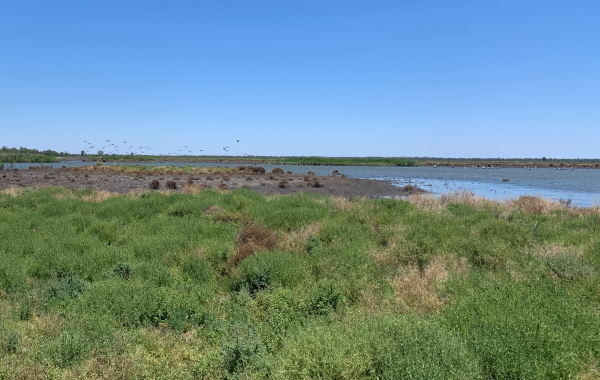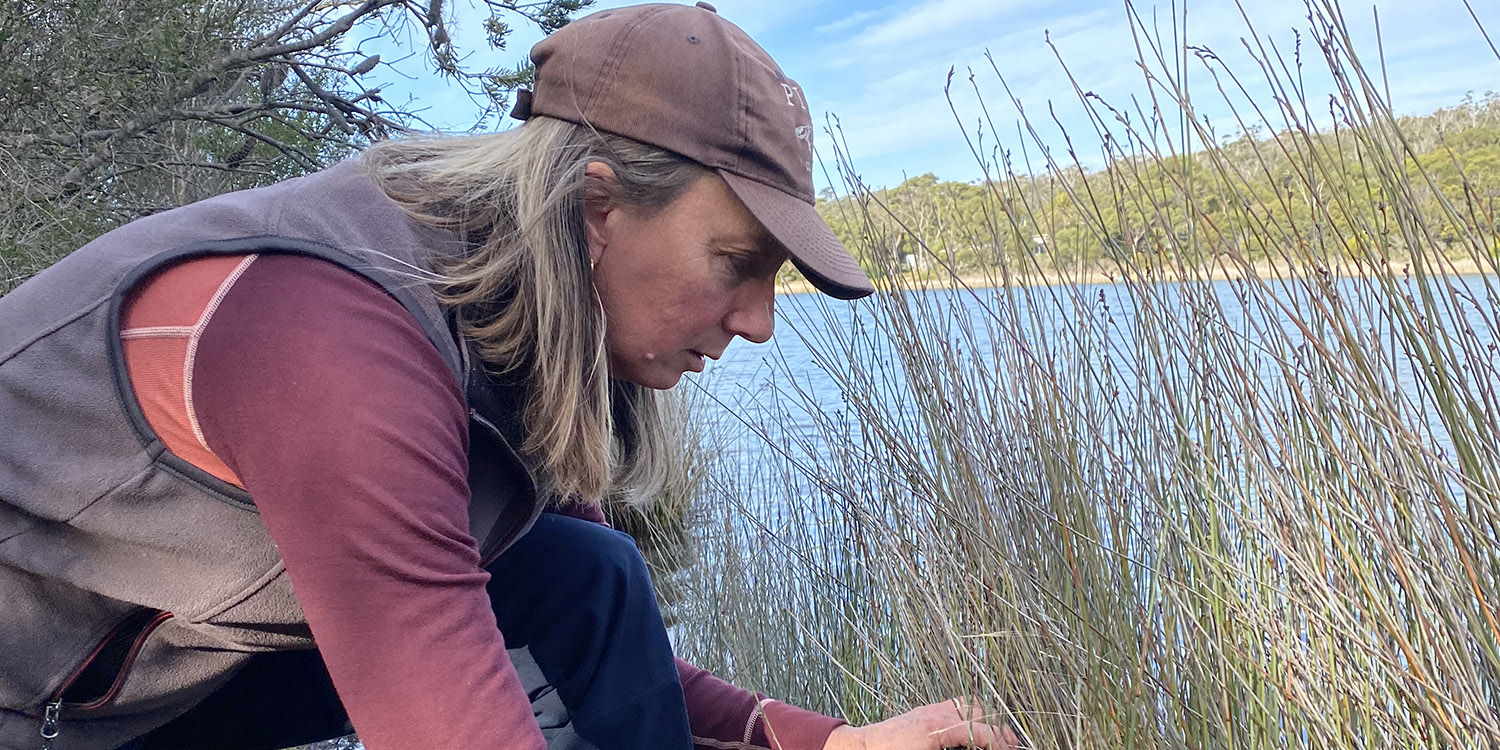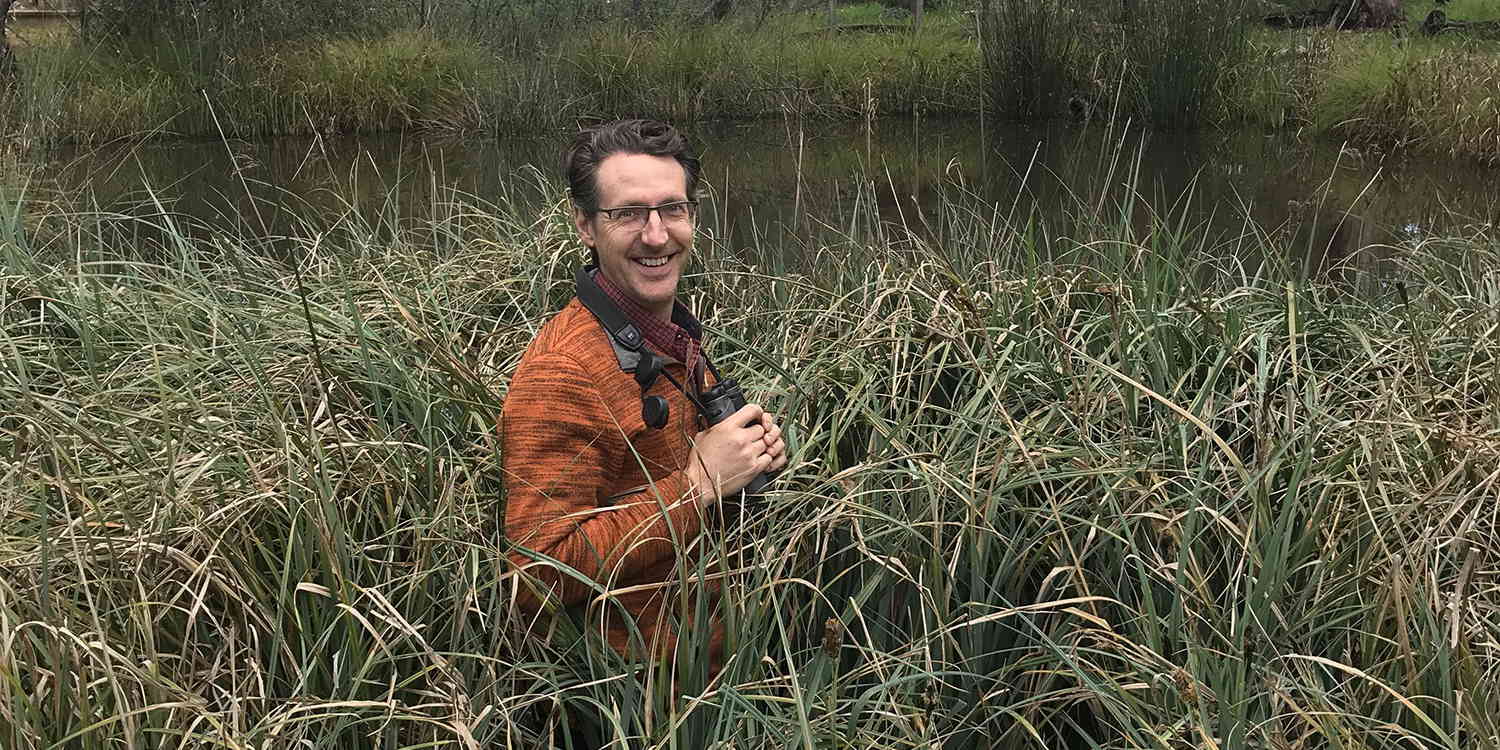Advancement Office
- Home
- Giving impact
- Our projects
-
Get involved
- Establish a Scholarship
-
Support us
-
Regional Impact Fund
- The Hon. Michael Kirby, AC CMG - Empowerment Scholarship
- Reformer New Start Scholarship Fund
-
Zia Haydari Commemorative Scholarship
- Equally Well Fund
- Alumni Veterinary Student Fund
- Bathurst Teachers' College Alumni Scholarship
-
Blair Milan Memorial Fund
- Jacob Berry Memorial Scholarship
-
Jess McLennan Fund
- WAACSU Scholarship Fund
-
Wagga Wagga Teachers College Alumni Association Scholarship
-
Dr Julia Howitt Legacy Scholarship Fund
-
Help our wetlands
- Yindyamarra Trust
-
Wool and Pastoral Sciences Alumni (WAPSA) Fund
-
AGcessibility : diversifying the next generation of Agriculture
-
Regional Impact Fund
- Invest in Research
- Bequests - Establishing Your Legacy
- Memorials
- Community giving
- Staffgive
- Alumnigive
- Contact Us

